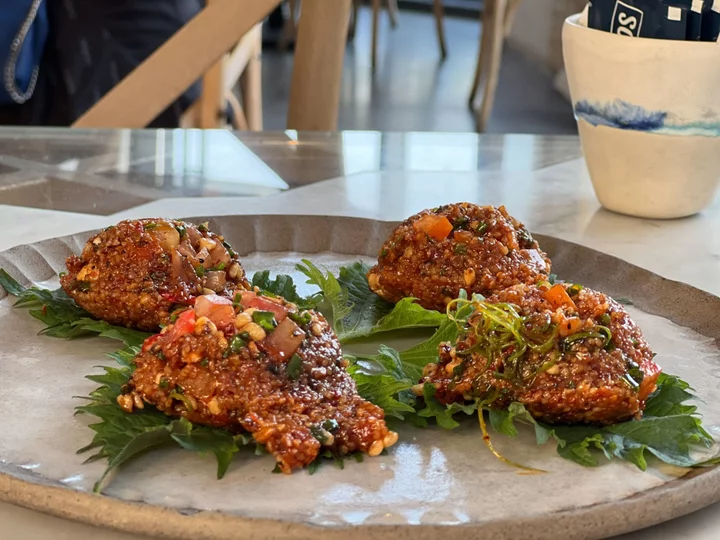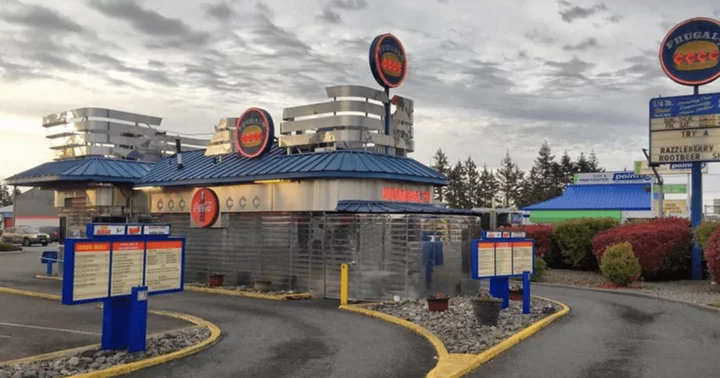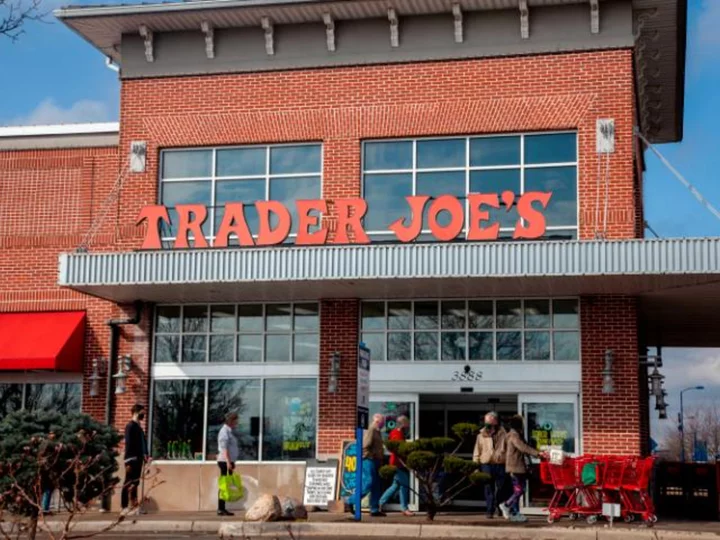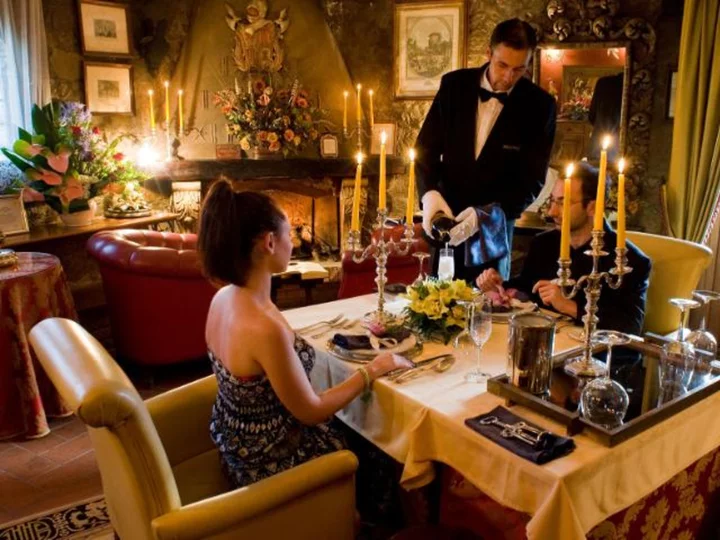When Mohamad Orfali, the head chef and co-owner of Orfali Bros. Bistro in Dubai, received an email in January 2022 from the World’s 50 Best Restaurants group, he thought it was junk mail. He had to read the message three or four times before he believed that the dining room he leads with his two brothers, Omar and Wassim, was shortlisted on the annual list of best restaurants in the Middle East and Africa region. He then “sat in the corner of the kitchen and started crying.” A few months later, Orfali Bros debuted at No. 6 on the region’s 2022 list.
In 2023, Orfali Bros. was named No. 1 on the MENA World’s 50 Best Restaurants list. The achievement, Orfali says, wasn’t easy, particularly in Dubai where competition from high-profile chain restaurants and hotel dining rooms is intense. But the chef believed his Syrian-inspired bistro would find an audience.
It has. In June, Orfali Bros. debuted on the overall World’s 50 Best Restaurants list at No. 46.
As demand for Middle Eastern cooking and ingredients has risen in the past several years, fueled by its relative low cost and healthy profile, Syrian food in particular has garnered attention.
In London, the acclaimed Imad’s Syrian Kitchen is moving to a bigger location on Carnaby Street to accommodate its growing audience. The cuisine is also getting recognition in New York, thanks to the new Brooklyn spot SYKO. Its menu includes such dishes as meaty sujak sandwiches, featuring the Syrian beef sausage with garlic paste and pickles. In Los Angeles, the year-old pop-up Nawal from brothers Armbay, Dotee and Danny Zakaria has a short list of changing Syrian specialties that also often includes a sujac wrap and sandwiches with the walnut-stuffed baby eggplant known as makdous.
View this post on InstagramA post shared by Taste & Flavors (@tasteandflavors)
Noted Middle Eastern chef and cookbook author Anissa Helou, whose father was Syrian, says interest in the cuisine has grown with conflict in the country, which has raged for over a decade. “With the fact of war displacement, Syrian food has gone kind of global. People are talking about Syrian cuisine,” she says.
The food has its roots in Damascus, one of the oldest cities in the world, dating back to at least 3000 BC. The land was notably fertile, says Helou. “And because of the different civilizations and [that it was at] the crossroads of the silk trade,” she says, “Aleppo [became] the gastronomic center of the Middle East.”
It isn’t easy to separate Syrian cuisine from the broader category of Middle Eastern food, including dishes like the bread salad fattoush and shawarma. Even native chefs have trouble. “It is nafas—decadent, lush and soulful, the one kitchen that has no fuss,” says Homam Ayaso, a London-based Syrian chef, about the cuisine. At a moment when every culture boasts grandmother cooking credentials, Syrian cuisine is notably defined by recipes that are passed down across generations and the hospitality that goes hand in hand with that concept.
Its long history and global migration has also made the food “complex,” Orfali says. Several of the country’s most famous dishes are classified as Levantine, referring to the a region in the Southeastern Mediterranean that includes Lebanon, Palestinian territories, Jordan and, of course Syria.
Still, there are some defining Syrian dishes, such as the well-spiced chopped meat and bulgur dish kibbeh; tabakh roho, a lamb and vegetable stew; and shish tawook (or taouk), the popular grilled chicken skewers.
Shish tawook is on the menu at Imad’s Syrian Kitchen, which reopened in Central London in early August. Founder and head chef Imad Alarnab fled his home country in 2015 because of civil war, leaving behind a mini empire of fast-food restaurants and juice bars; he arrived in the UK the same year. He says the cosmopolitan and diverse nature of UK capital let him “dare to create his own recipes” and eventually open a permanent spot.
There’s been so much interest in the restaurant that Alarnab recently debuted his first cookbook, Imad’s Syrian Kitchen (Harper Collins; £26/ $33), with 120 of his recipes including hummus bil zayt (chickpeas in oil), mujadara (bulger wheat with brown lentils) and the milk-based dessert mahalaya (or mahalabia). In it, Alarnab chronicles his journey as a refugee and an asylum seeker on his way back to the kitchen. It's a "celebration of how food has the power to bring people together," he writes in the book.
In Dubai, Orfali also credits the multiculturalism of the emirate for his restaurant’s success. “It’s modern, and it has a unique position in the Middle East where I can represent myself in the city,” he says. His goal is take guests to his native Syria by way of dishes like Come With Me to Aleppo, a wagyu beef kebab with sour cherry sauce and pine nuts.
But establishing Syrian restaurants in different countries isn’t without challenges. Some UK customers aren’t comfortable with the authentic dishes, says Alarnab. He recalls a day when, after spending hours making kibbeh for a pop-up, a customer refused to try it because it included cooked yogurt. Now, Alarnab slightly tweaks his recipes to appeal to local customers, for instance, using fresh yogurt instead of cooked and baking the cauliflower for the usually deep-fried dish zahraa harra.
Authenticity has been a challenge for Laila Chamsi-Pasha and Saam Mehdizadeh, the co-directors of the UK-based Middle Eastern pop-up Toum and Tahini, too. They have struggled to re-create the spice mixtures they found in Syria, Chamsi-Pasha says, but “haven’t changed the recipes to people’s taste.” In their version of chicken fatteh, the traditional dish based on fried pita with tahini and garlicky yogurt dressing, they use shredded chicken, rather than chunks and add crunchy chickpeas on top “to make it more fun to eat,” she says.
Appearances matter, says Chamsi-Pasha: “I think it’s also more overwhelming when you see this plate of actual kibbeh nayyeh [raw ground lamb] and if you’ve never had it before, you’re like, what the hell is this pink thing in front of me?” Still Toum and Tahini represents an authentic Syrian experience for many diners. “People kept coming in and saying, it feels like we’re walking into someone’s house,” she adds.
Support for Syrian restaurants and concepts has been strong. In 2020, Alarnab crowdfunded £50,000 in 3 months to open his first restaurant. Toum and Tahini, who have been courting private equity firms, say they recently raised £200,000 from investors.
The Orfali brothers are hoping to open another restaurant in the UAE. Orfali tells Bloomberg that he’s also brainstorming a new concept in London, as well as the possibility of opening a restaurant in hubs like Tokyo and New York. For the chef, it’s not just about expanding a brand, it’s holding on to a piece of his native Syria: “Our cuisine is a hidden gem as we struggle to market ourselves properly,” he says. “It’s our identity, and if we lose our food then we lose our identity.”









